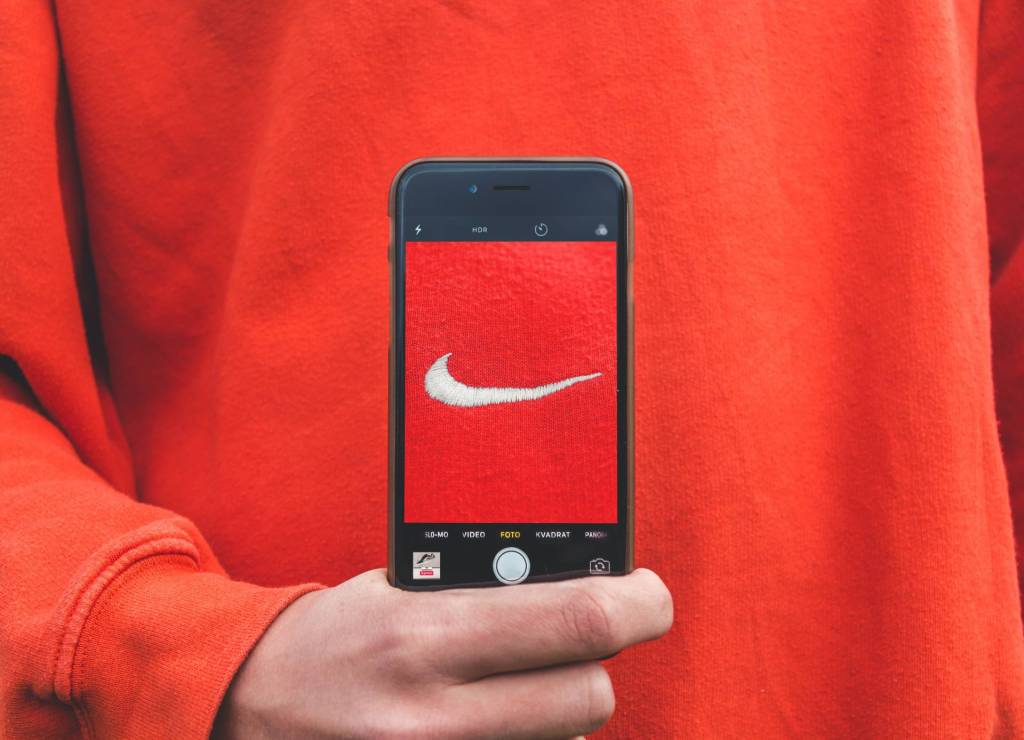Do you have a micro brand? Do you know what a micro brand is?
Your micro brand is that thing you do on the side, but are still known for. If your primary personal brand is what people understand you do and stand for, your micro brand is that sideline or hobby that you enjoy doing but don’t make any money at it.
For a lot of people, it’s one of the last things you listed in your Twitter bio.
My bio says: Pro writer, social media consultant, speaker, humor writer.
That fourth thing, humor writer, is something I’ve done as a sideline, writing a weekly newspaper column for 18 years. I’m also a travel writer and Indy 500 writer. As a result, I get invited to write for other newspapers, write about short travel trips for my state’s tourism office, and sit in the media center and cover the Indianapolis 500 for my blog.
Except I rarely get paid for it, which I don’t mind.
Because I still get some pretty cool perks as a result of my micro brands. I get to take a couple of trips around my state per year, go to some interesting festivals, and watch the World’s Greatest Spectacle in Racing right from the Speedway.
Your Micro Brand is That Other Thing You’re Known For
So how do you get your hobby or sideline to open doors like this for you? Here are a few quick tips to boost your micro brand, be recognized for your favorite hobby, and get a few perks along the way.
- List your hobbies in every bio you can. Use only short terms, like “beer can collector, playwright, NASCAR writer.” And please GOD, do not use #hashtags in your bios. That just looks like you’re trying too hard.
- Start a small blog about your hobby. You don’t have to contribute to it as heavily as you do your primary blog, but you should be fairly regular with your posts. Start up a Tumblr or Posterous blog, add a few photos, and write stories and events in your niche.
- Promote it to your network. Don’t just let it sit there, hoping someone will stumble across it. Share your best stuff and see if you can get other people interested in what you’re doing. You may find a whole community of people who like what you like.
- Grow your network of people who share your interests. Use Twellow and Google+ to find and connect with these people, and interact with them on a regular basis.
- Connect with the professionals in your hobby. Not only are these good sources for content — write responses and comments to things they’re writing about — but they are also good mentors and referral sources. Get to know them and share what you’re writing and tweeting about. If you get their attention this way, you may end up getting some extras from them, like special access to their events or invitations to preview their latest product.
- Live blog special events. If you want to be a travel writer, write about the trips you’re already taking. If you want to be a playwright, share samples of your work. If you want to be an authority on minor league baseball, go to and write about minor league games.
While your primary personal brand is more about your occupation and general reputation, your micro brands are those “hidden sides” of your life that most people don’t know about. They’re the fun and interesting things you like to do. And if you want to see some additional benefits and perks from them, treat them like your personal brand, and promote it to the audience you want to reach.
And if you don’t, just keep doing what you’re doing.
Author:
Erik Deckers is the owner of Professional Blog Service, and the co-author of Branding Yourself: How to Use Social Media to Invent or Reinvent Yourself. His new book, No Bullshit Social Media: The All-Business, No-Hype Guide to Social Media Marketing, which he wrote with Jason Falls, is in bookstores and on Amazon now.












